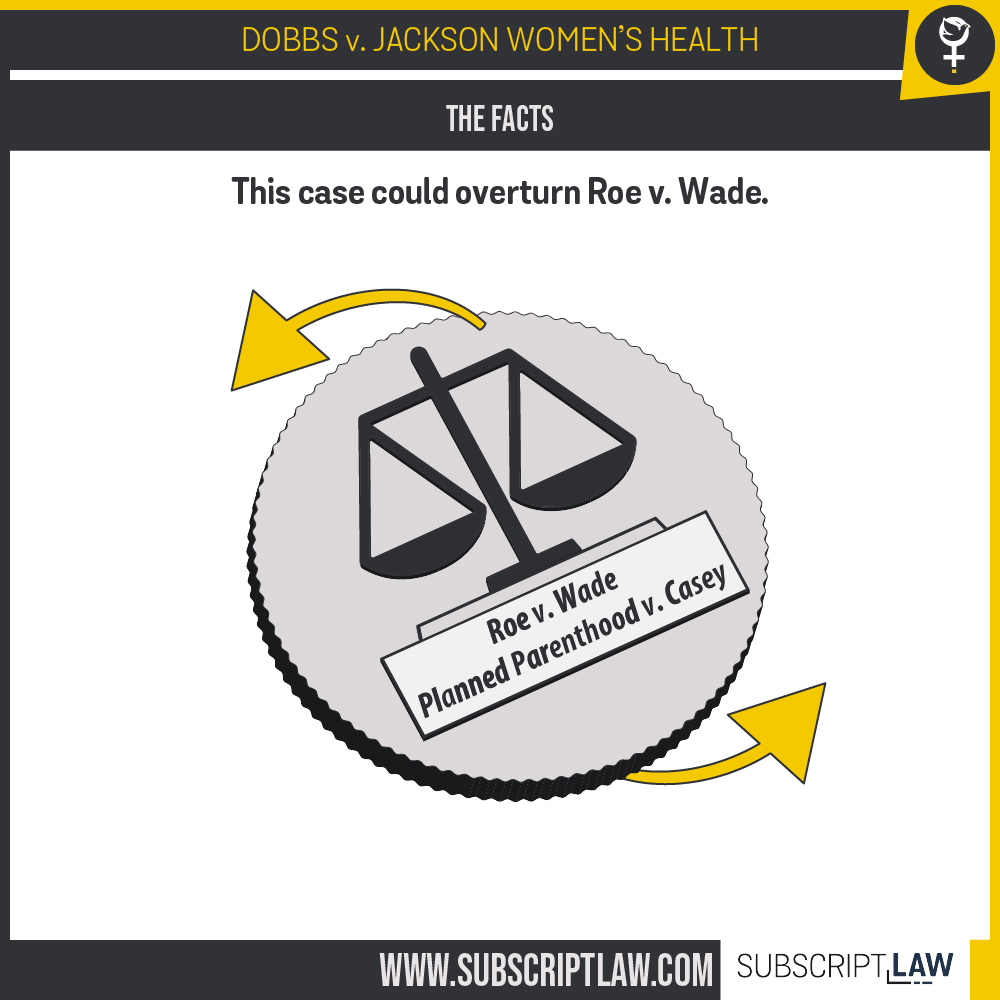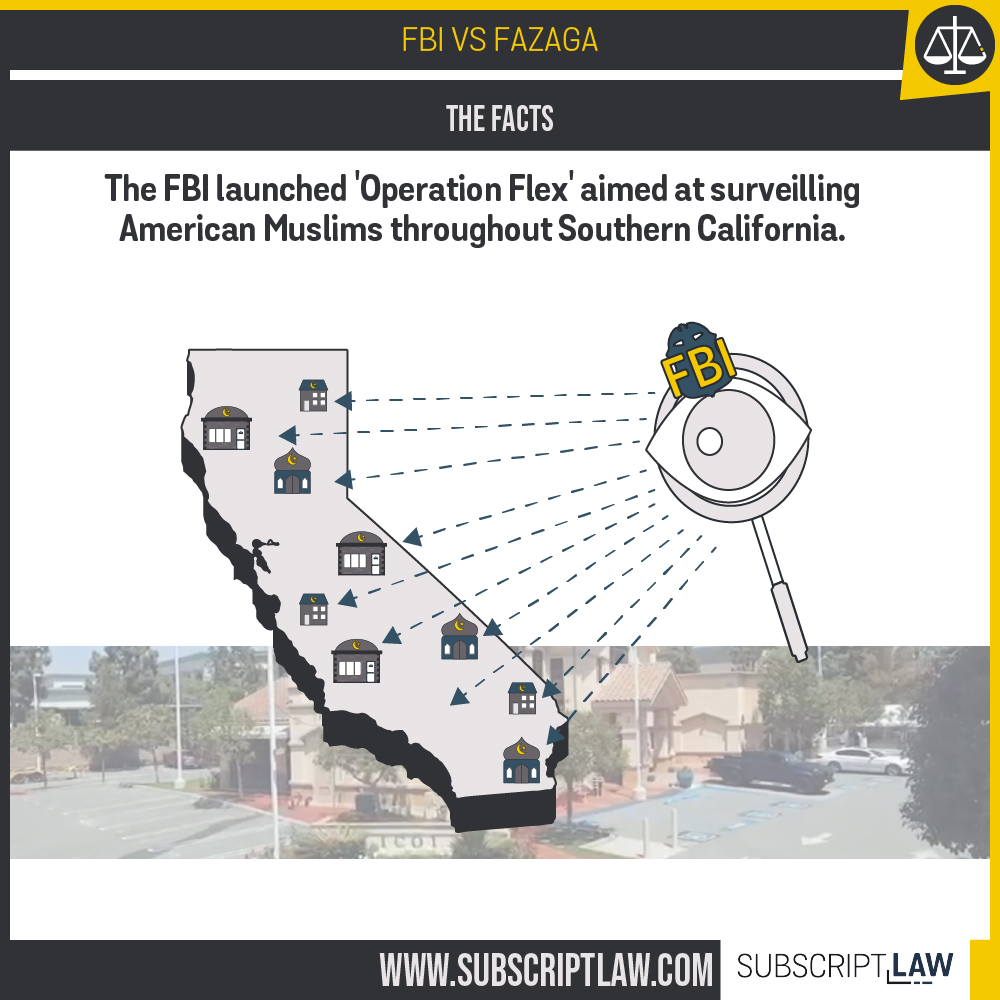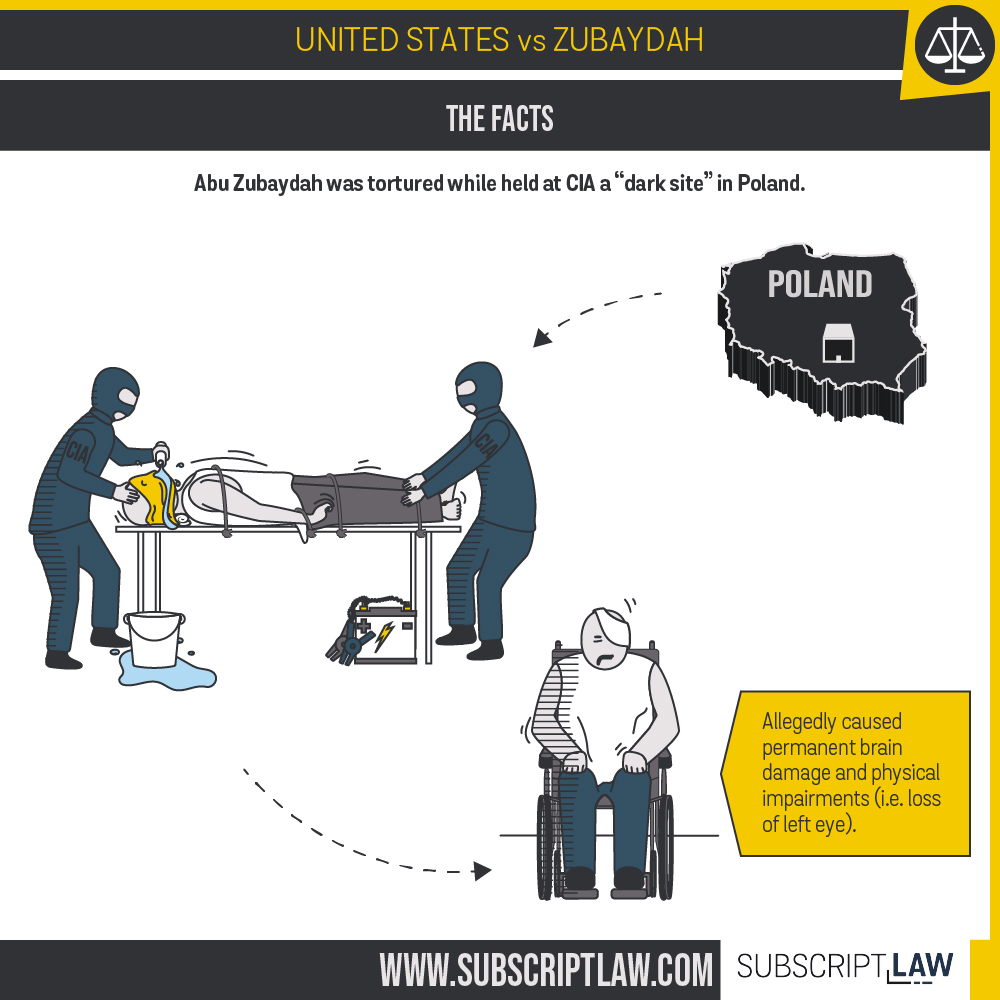
This case has been decided. See how it turned out!
Because not all judges are trained in arithmetic…
Actually, they all are. But that doesn’t mean they won’t make mistakes.
The calculation error
Rosales-Mireles was convicted of illegal re-entry into the country. When determining the punishment, the judge first had to calculate the sentencing range. But oops – the judge double-counted a prior conviction. The judge used a sentencing range of 77-96 months in prison, instead of the real range: 70-87 months.
The determination
The judge sentenced Rosales-Mireles to 78 months in prison. Yes, that’s within the real range too.
Big deal?
That’s precisely the question. Is the mistake big enough that the court has to re-do the sentencing?
The Supreme Court has said the error should be fixed if it “seriously affects the fairness, integrity, or public reputation of judicial proceedings.” U.S. v. Olano (1993).
What does that mean?
One of our court regions – the 5th Circuit – has clarified it. The 5th Circuit took the word “seriously” and extrapolated. It said the error must be one that would “shock the conscience of the common man.”
Rosales-Mireles argues that’s way too strict. Shocking the conscience of the common man is much harder to satisfy than a serious error (like the Supreme Court described).
That’s what the Supreme Court will be deciding in this case. Was the 5th Circuit interpretation a fair interpretation of the Olano rule?







